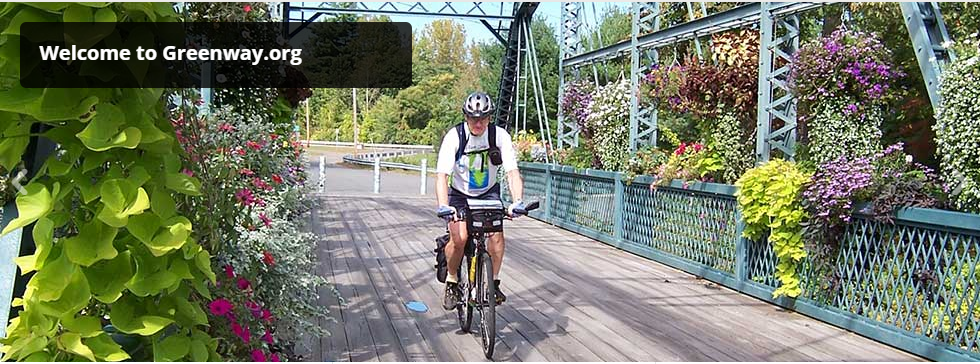From northern Maine to the tip of Florida, the East Coast of the United States stretches 3,000 miles.
It’s a diverse, expansive route, cutting through wooded hills and rocky coastlines before hitting the sun-drenched beaches of the South. And all of it can be traveled by bicycle.
The East Coast Greenway Alliance (ECG) has been working since 1991 to connect the whole geography of the Atlantic seaboard with protected bike paths, creating a “linear community”. So far, 850 miles of trail have been designated as Greenway. ECG tourism is already having an increasingly significant impact on local economies.
The project is about 31 percent complete, says Dennis Markatos-Soriano, the executive director of ECGA. By 2020, the ECGA hopes to add another 200 miles.
As it winds down the coast, the East Coast Greenway passes through 450 communities in 15 states. Efficiency is not the point: Instead of cleaving to interstate routes, the Greenway mostly follows the rivers and old train tracks connecting the cities and towns along the coast.
“Even though a pretty small percentage of the trail’s miles actually pass through cities, it’s still very much an urban story,” says the Director of Greenway Development, Eric Weis, who will be transitioning to the ECGA Advisory Board after 18 years with the Alliance this summer.
“We can’t get this done with a top-down approach,” Markatos-Soriano says. The Greenway cuts across federal, state, and local interests. When completed, the ECGA hopes it will serve as a viable national thoroughfare—an interstate for the health-conscious, eco-friendly age.
“It’s not a question of when the Greenway will get done, it’s a matter of how fast,” Markatos-Soriano says.
The East Coast Greenway is the nation’s most ambitious long-distance urban trail. By connecting existing and planned shared-use trails, a continuous, traffic-free route is being formed, serving self-powered users of all abilities and ages. At 3,000 miles long, the Greenway links Calais, Maine, at the Canadian border, with Key West, Florida. Alternate routes add another 2,000 miles to the ECG trail system.
The ECG is almost entirely on public right-of-way, incorporating waterfront esplanades, park paths, abandoned railroad corridors, canal towpaths, and pathways along highway corridors. Designed to accommodate tourists, locals, and users of all abilities, the East Coast Greenway has universal appeal.
The ECG can be used today. By connecting existing trails with carefully selected on-road routing, a complete route is in place from Maine to Florida. Today, nearly 30% of the route is trail.
As a continuous long-distance route, the Greenway is a new tourism venue, enticing domestic and foreign tourists to explore the Eastern Seaboard in a leisurely and intimate manner. The ECG offers muscle-powered users a way to see this most urbanized and historical of American corridors. Wayfinding tools – ECG signage, maps, and guides – help tourists navigate the route.
The Greenway also has an important local role, serving as a close-to-home facility for the 45 million people who live within the ECG’s home counties. For them, the trail functions as a kind of Central Park for the region. For many, just out their back door, the Greenway is a safe place to walk, jog, bicycle, skate, ski, horseback ride, bird watch, fish, push the baby carriage or just stroll with friends.
The Greenway can provide an escape, a tranquil place for some quiet time alone. Children can use it to walk to school or get to the park, adults can commute to work, and everyone will find it a well-located spot for an hour of exercise or a weekend outing.

